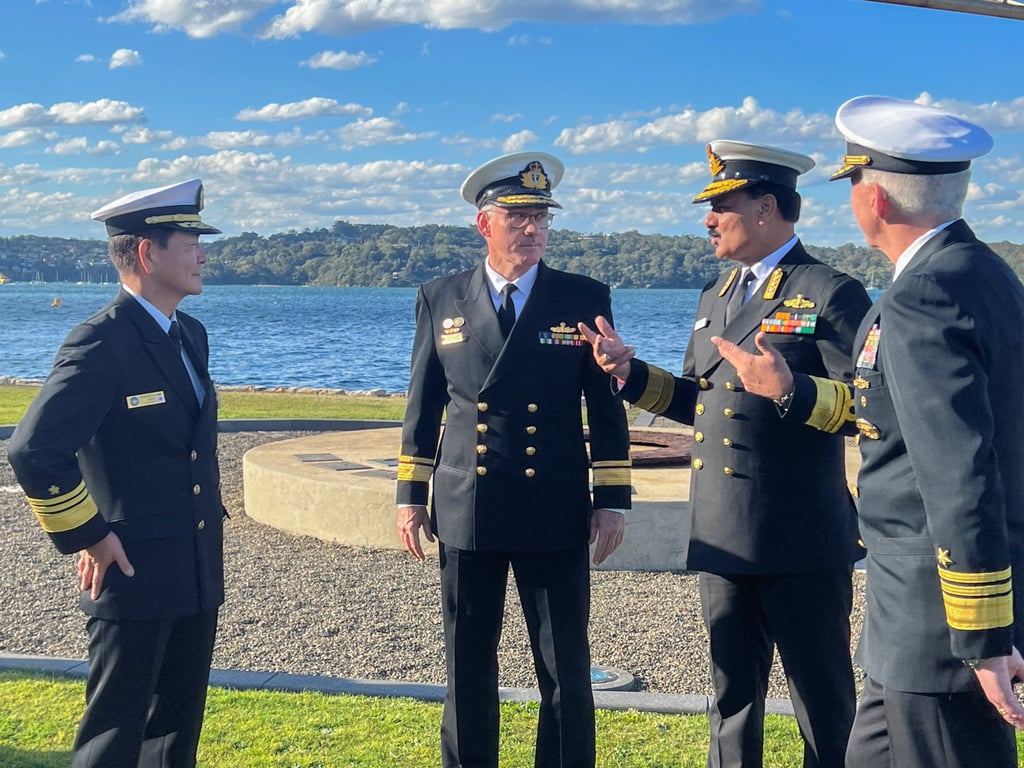Advertisement
Opinion | How India is gaining ground in its Indo-Pacific maritime contest with China
- India is not just boosting its military and deterrence but also deepening cooperation with Quad nations, Asean and the Pacific islands
- But with India still no match for China, it is likely to work on increasing collective pressure while avoiding military measures that would invite a Beijing blowback
Reading Time:4 minutes
Why you can trust SCMP
11

On August 10, Chinese warship Hai Yang 24 Hao, a surveillance vessel, called at the Sri Lankan capital of Colombo. Its arrival coincided with the Malabar exercises off the east coast of Australia. The 10-day drills involve submarines and aircraft from India, Japan, Australia and the United States – all members of the Quadrilateral Security Dialogue.
Advertisement
En route to Sydney’s shores, Indian naval warships sailed through Papua New Guinea and the Solomon Islands, showcasing India’s growing interest in stronger military and diplomatic ties with the Pacific nations.
These developments reflect the deepening maritime competition between China and India. In recent years, India’s efforts to counterbalance China’s growing presence in the Indian Ocean region have started to gain ground in the South China Sea and the Pacific.
China’s maritime route stretches via the South China Sea and Malacca Strait to the Indian Ocean, splitting at Sri Lanka’s ports. One route leads to the Persian Gulf via the northern Arabian Sea, the other reaches the Mediterranean Sea through the Gulf of Aden. Considered maritime “lifelines” by Chinese leaders, these routes are safeguarded by the People’s Liberation Army (PLA) with the intelligence and logistics support of the Chinese companies controlling or operating hundreds of ports along the routes.
India’s primary maritime boundaries span from the Bay of Bengal and Andaman Sea, through Malacca and Singapore, to reach up to the Persian Gulf, Gulf of Aden and the East Coast of Africa.

The Malabar exercises, held for the first time in Australia, have also been organised in the Indian Ocean region, East China Sea, Philippine Sea and Guam. India has refrained so far from joining maritime exercises in disputed South China Sea regions. Such a move, improbable for now, would be extremely confrontational – and likely to arise only if China establishes a permanent naval presence in Sri Lanka’s Hambantota, Pakistan’s Gwadar or Myanmar’s Kyaukpyu port.

Advertisement
